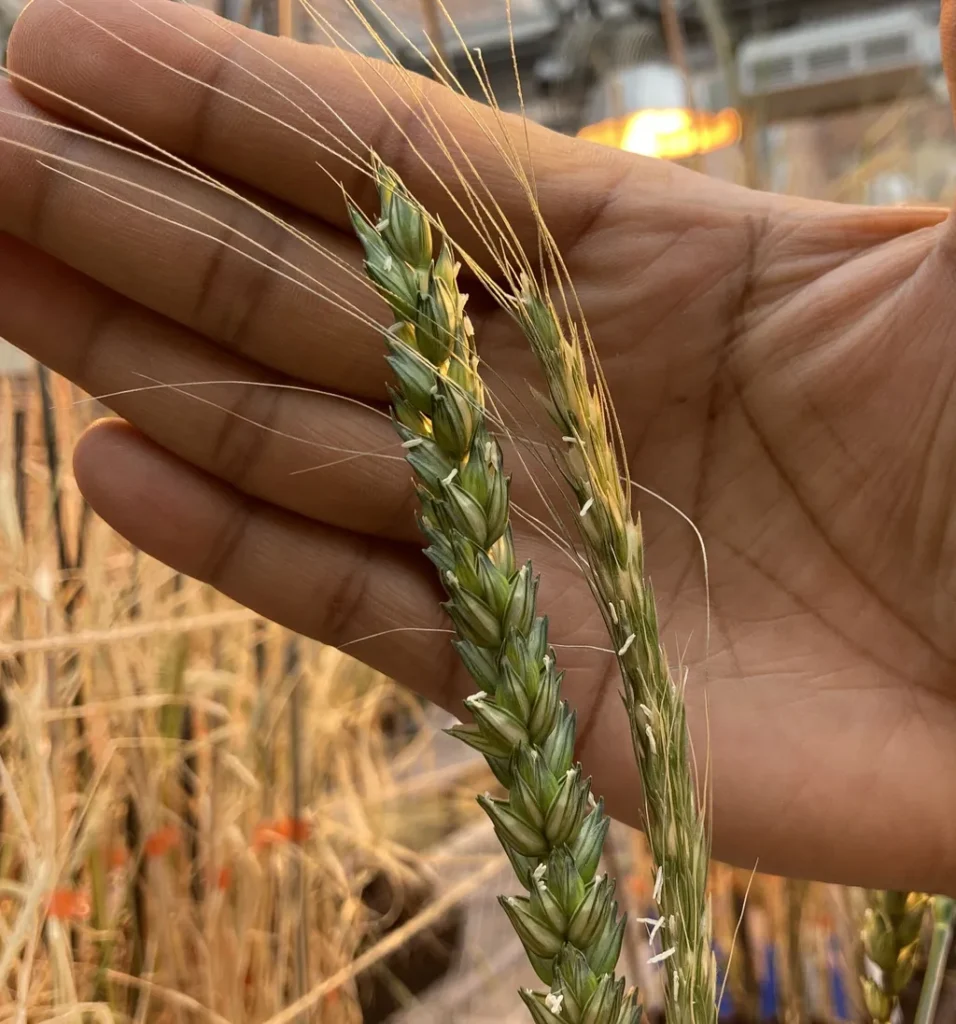In the heart of Bulgaria, a team of researchers led by Maria Mangova from the Institute of Plant Genetic Resources “K. Malkov” is delving into the world of ancient wheats, exploring their potential to revolutionize organic farming and food production. Their recent study, published in the journal ‘Растениевъдни науки’ (Plant Science), sheds light on the morphological and technological aspects of T. aestivum, spelt, einkorn, and emmer, offering insights that could reshape the agricultural landscape.
Organic farming is gaining traction as a strategic direction in sustainable agriculture and food production. The European Union, along with other global bodies, is promoting the cultivation of ancient wheat species to preserve agricultural biodiversity. Among these, T. spelta (spelt), T. monococcum (einkorn), and T. dicoccum (emmer) stand out due to their resilience and low demand for fertilizers and specific soil types. “These species have been predestined by nature for organic farming,” Mangova explains. “Their bulky hulls, which account for 25-30% of the yield, protect the kernel against pollution and infections, making them ideal for organic cultivation.”
The study compares these ancient wheats with the standard quality variety Pobeda (T. aestivum). Spelt, with its large grain and similar shape to Pobeda, shows promising morphological traits. Emmer grains are elongated, while einkorn grains are shorter and slightly flattened. All species exhibit lower vitreousness, a characteristic that affects the grain’s hardness and milling quality.
From a technological standpoint, the differences are even more pronounced. Emmer and einkorn have a lower 1000 kernel weight and SDS-sedimentation value but boast a high crude protein content (16-20%). However, einkorn’s wet gluten was not washable, indicating potential challenges in processing. Spelt flour, on the other hand, has a light green hue and excellent rheological and bread-making properties. Einkorn flour is rich in β-carotene, giving it a nice yellow color, but it lacks the rheological and bread-making properties of spelt.
The commercial implications of this research are significant. As the demand for organic and nutritionally rich food products grows, ancient wheats could become a valuable commodity. Their resilience and low input requirements make them an attractive option for farmers looking to diversify their crops and reduce environmental impact. “The cultivation of these species has no tradition in Bulgaria,” Mangova notes, “but their potential is immense.”
The study’s findings could pave the way for future developments in organic farming and food production. By understanding the unique characteristics of these ancient wheats, researchers and farmers can develop strategies to optimize their cultivation and processing, ultimately bringing these nutritious and sustainable grains to a wider market. As the world continues to seek sustainable solutions in agriculture, the insights from this research could play a crucial role in shaping the future of food production.

